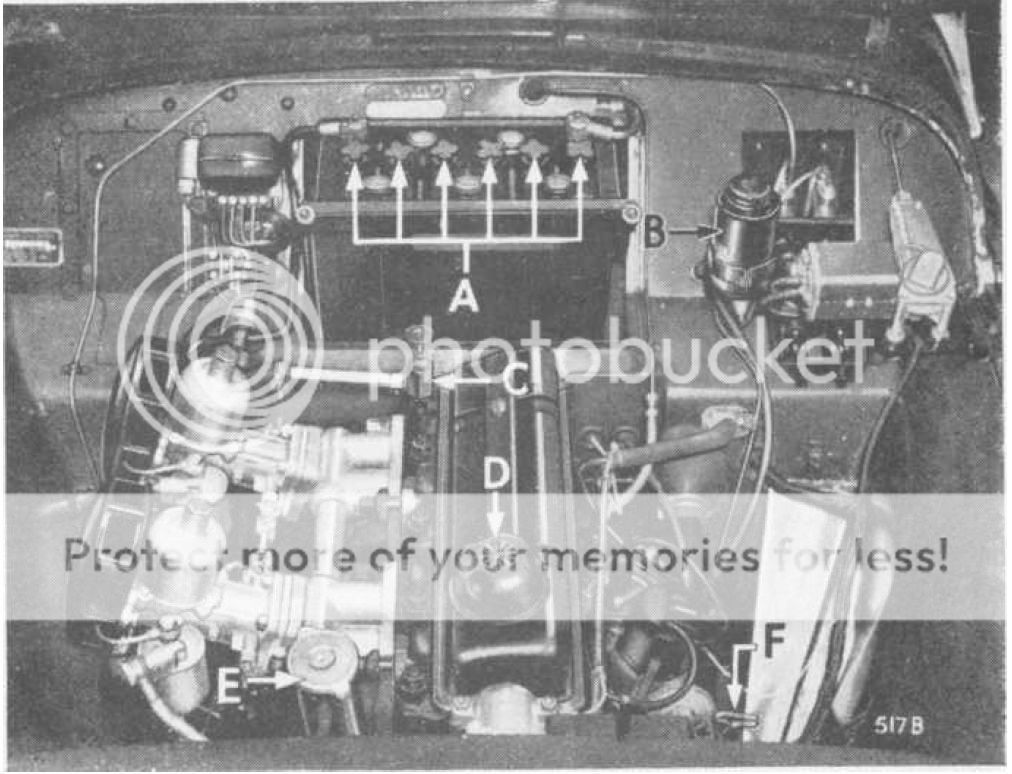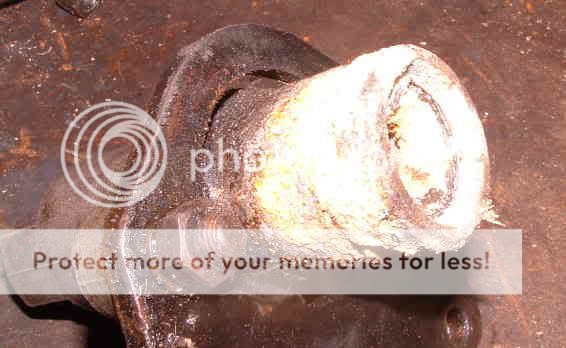Good point, Marv. But it still shouldn't keep the pedal from coming up.
Ed, I'm not really "recommending" anything, just repeating information from other sources. I switched to DOT 5 a long time ago, and I don't bother changing it at all (until something else goes wrong, of course). But GM, for example, recommends changing DOT 3 fluid every 2 years. I'm sure that is very conservative, probably it can be extended a long time without ever seeing a problem, especially for someone that drives as conservatively as you do.
The thing is, the absorbed moisture lowers the boiling point of the fluid. If caliper pistons ever do get hot enough to boil the fluid, chances are good that you won't live to make the mistake again, as the result is sudden, total failure of the hydraulic brake system. And the handbrake, while certainly better than nothing, does a very poor job of stopping the car from high speeds.
There was a paper presented to the SAE many years ago (by GE, who may not have been entirely impartial as they used to make DOT 5 and the paper was pushing the advantages of DOT 5), that claimed they found "real world" cars with water contents as high as 6.7% after just 23 months of operation. That is enough to lower the boiling point to just slightly above that of plain water (260F according to the SAE standard test method).
The old brake fluid also seems to become rather conductive and corrosive, a particular problem in the clutch slave and rear brake cylinders, which are aluminum housings with steel pistons. That same SAE paper reported finding salt in the brake fluid of 65% of the tested vehicles, and showed how both water and salt can be absorbed right through the brake lines.
Also, FWIW, once upon a time I bought a pair of new rear brake cylinders and for reasons I can't quite explain, decided to fill them with Castrol brake fluid and store them that way (using bolts to block the fitting). Several years went by, and when I finally tried to use them, I found that they were corroded beyond even rebuilding. I don't have a photo of them (didn't own a camera at all back then, let alone a digital one), but here is a more recent photo of a clutch slave showing similar damage:
Anyway, what I'm trying to say; if I were only going to do a partial change, then I would want to change what was in the cylinders rather than what is in the reservoir. Just bleed at each corner until what you get out looks like clean, fresh fluid; then top up the reservoir and bleed the next corner.

 Hey there Guest!
Hey there Guest!
 smilie in place of the real @
smilie in place of the real @
 Pretty Please - add it to our Events forum(s) and add to the calendar! >>
Pretty Please - add it to our Events forum(s) and add to the calendar! >> 


 A friendly reminder - be careful what links you click on here. If a link is posted by someone you don't know, or the URL looks fishy, DON'T CLICK. Spammers sometimes post links that lead to sites that can infect your computer, so be mindful what you click.
A friendly reminder - be careful what links you click on here. If a link is posted by someone you don't know, or the URL looks fishy, DON'T CLICK. Spammers sometimes post links that lead to sites that can infect your computer, so be mindful what you click.